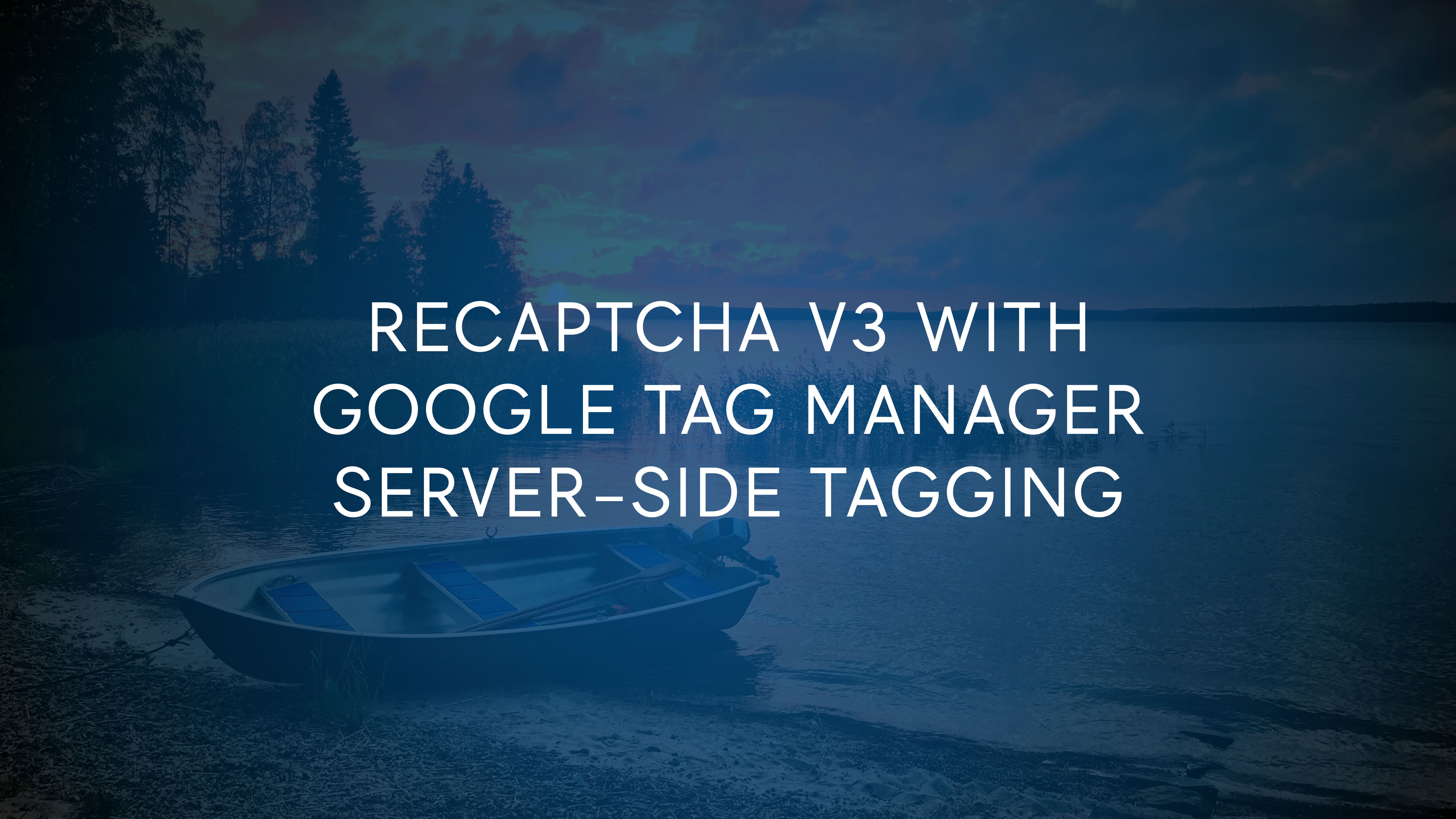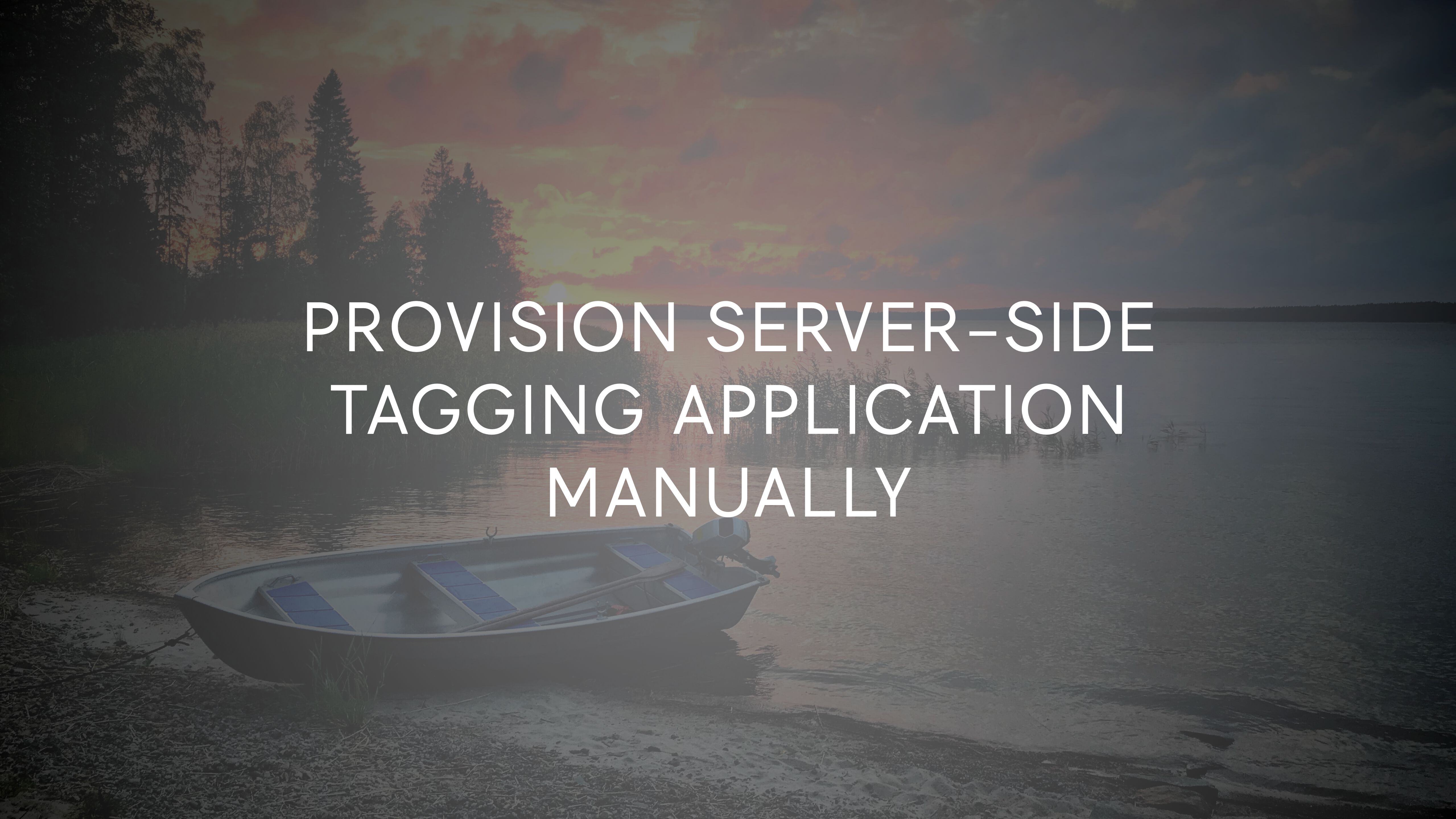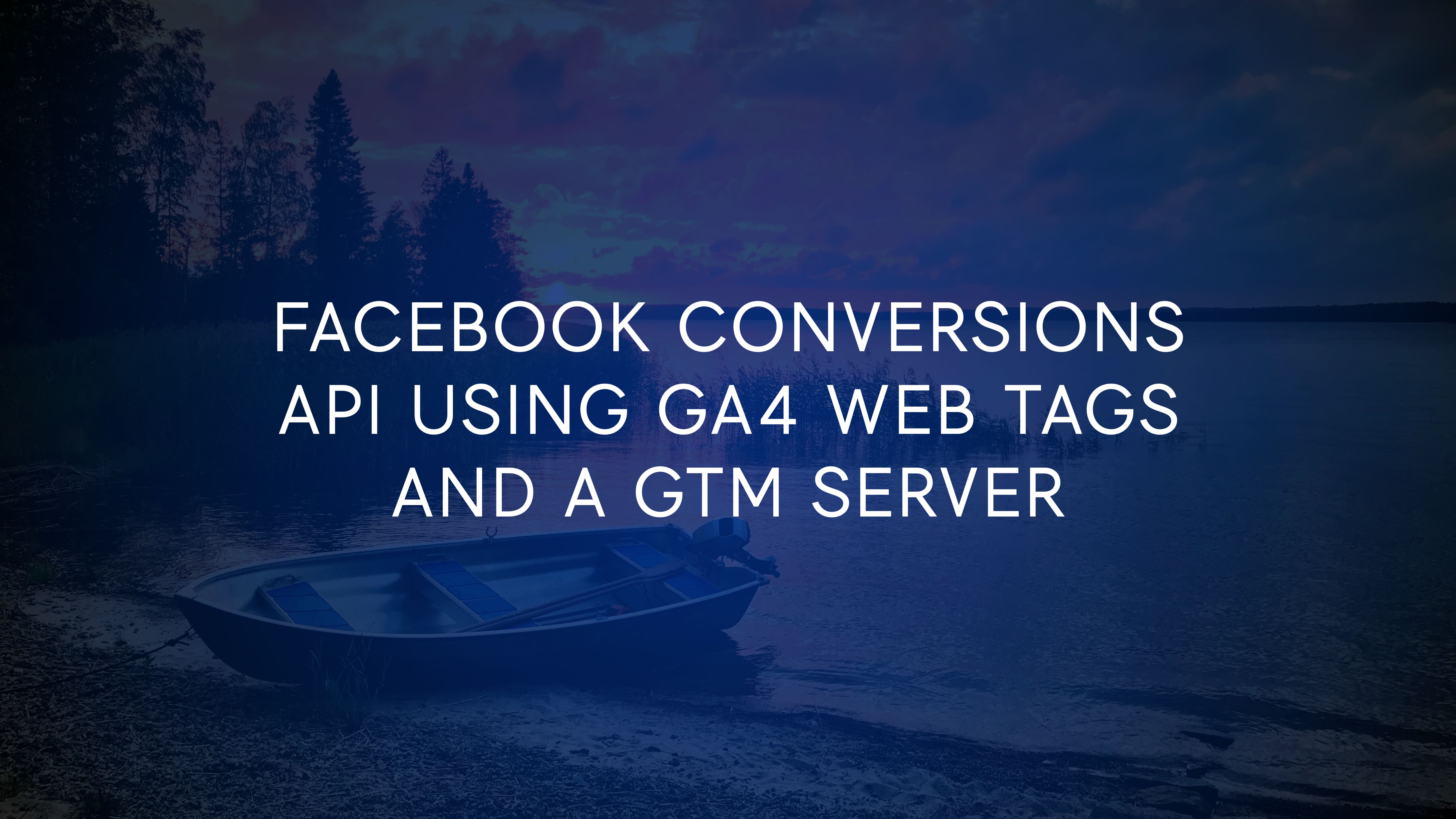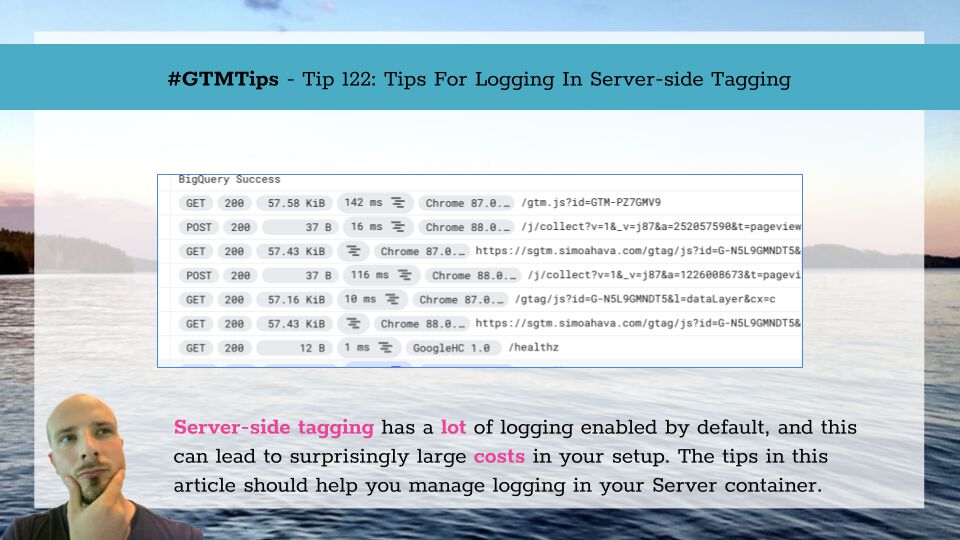I’ve written about Google’s reCAPTCHA v3 before. It’s a verification API, which analyzes the signals fed into it and returns a bot score, based on how “bot-like” the hits are.
It’s a great way to validate whether or not to collect data from certain sources that exhibit bot-like behavior. You’ll want to ignore those in your analytics tools, for example, as they tend to add a lot of (unrealistic) noise to the data set.







